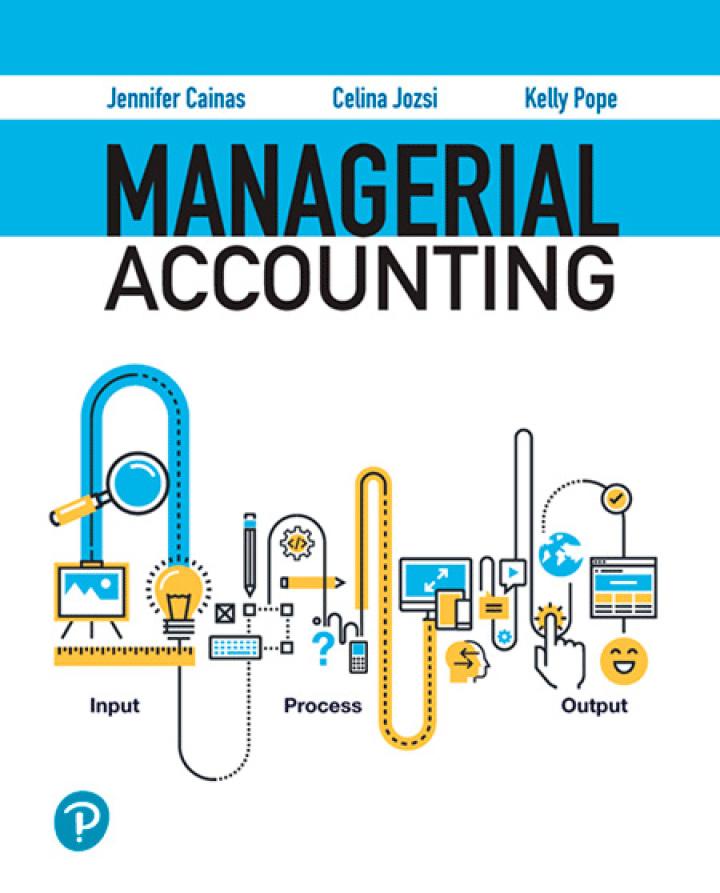Caring Hospital directly captures the cost of surgical labor. The hospital has collected the following indirect cost
Question:
Caring Hospital directly captures the cost of surgical labor. The hospital has collected the following indirect cost information and identified the corresponding cost drivers:

a. With respect to medical recordkeeping, can you identify any non–value-added tasks or steps that might be part of the activity and could be reduced, improved, or eliminated without compromising the quality of the care?
b. Do you believe that any other activity cost (supplies, laboratory, and so on) could be more directly traced?
c. Prior to the ABC analysis, the hospital believed that the indirect cost per patient was a flat room rate of $125 per day during the stay and an average daily nursing rate of $200. As such, a patient staying a total of 12 days would be assessed for indirect costs (other than the operating room) of $325 × 12 = $3,900.
What information is necessary to calculate the cost per patient using an ABC analysis? Why might the total indirect costs per patient for 12 days be different from $3,900 under the flat rate system?
d. Would the ABC information be useful in negotiating insurance company and government contracts, in budgeting, or in making other decisions? Discuss fully.
e. Do you think that using averages for the costs of procedures, tests, or nursing care is a problem for obtaining accurate cost information?
f. The hospital is considering refining the nursing care by types of care (types of nurses and activity levels). Three cost pools would be used to assign the actual care provided for recovery rooms, because a patient undergoing a knee replacement would require a different level of nursing care than a patient with a heart condition being treated in a semi-intensive care environment. Comment on the proposal from a cost-benefit perspective.
Step by Step Answer:

Managerial Accounting
ISBN: 9780137689453
1st Edition
Authors: Jennifer Cainas, Celina J. Jozsi, Kelly Richmond Pope





